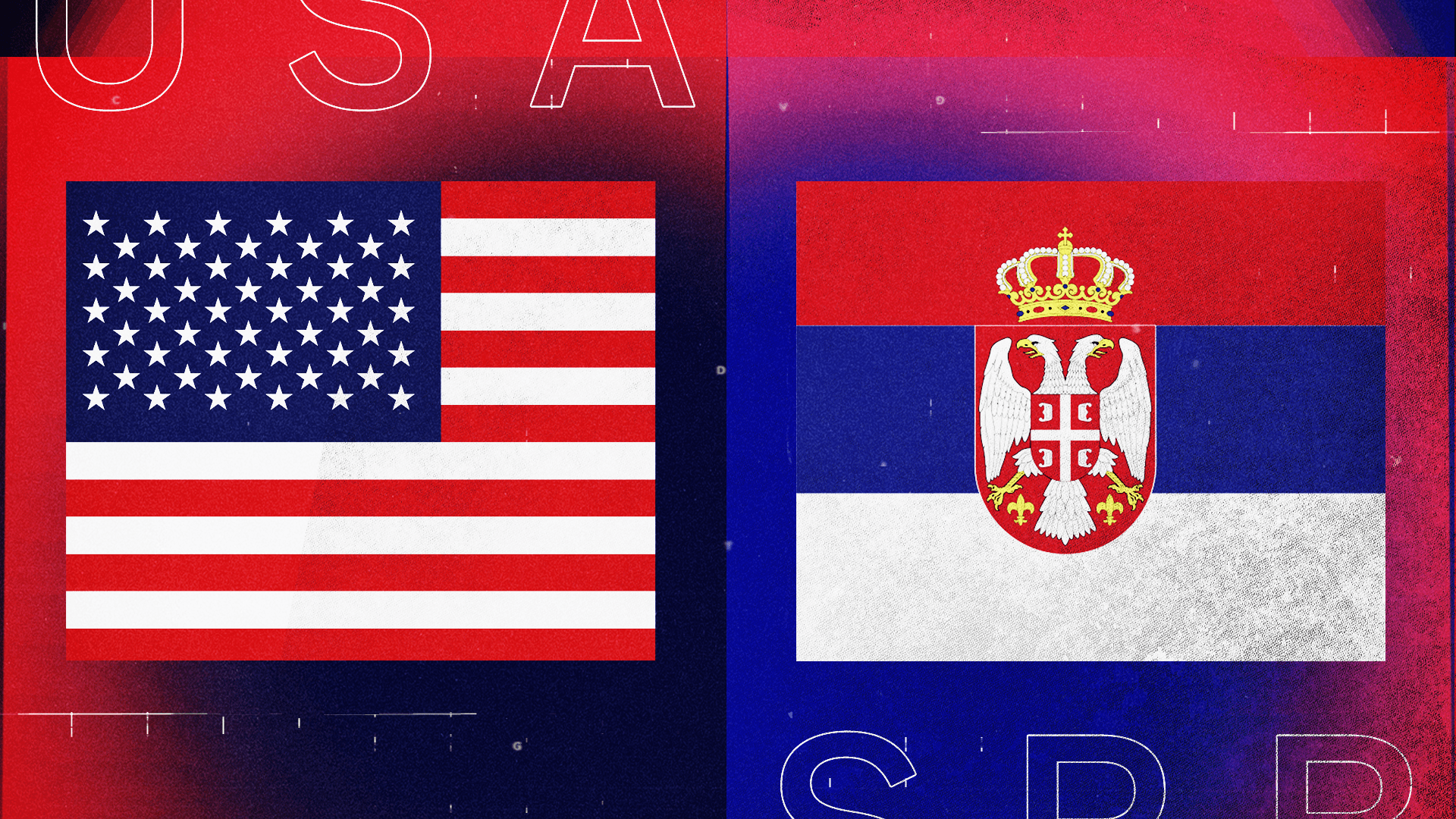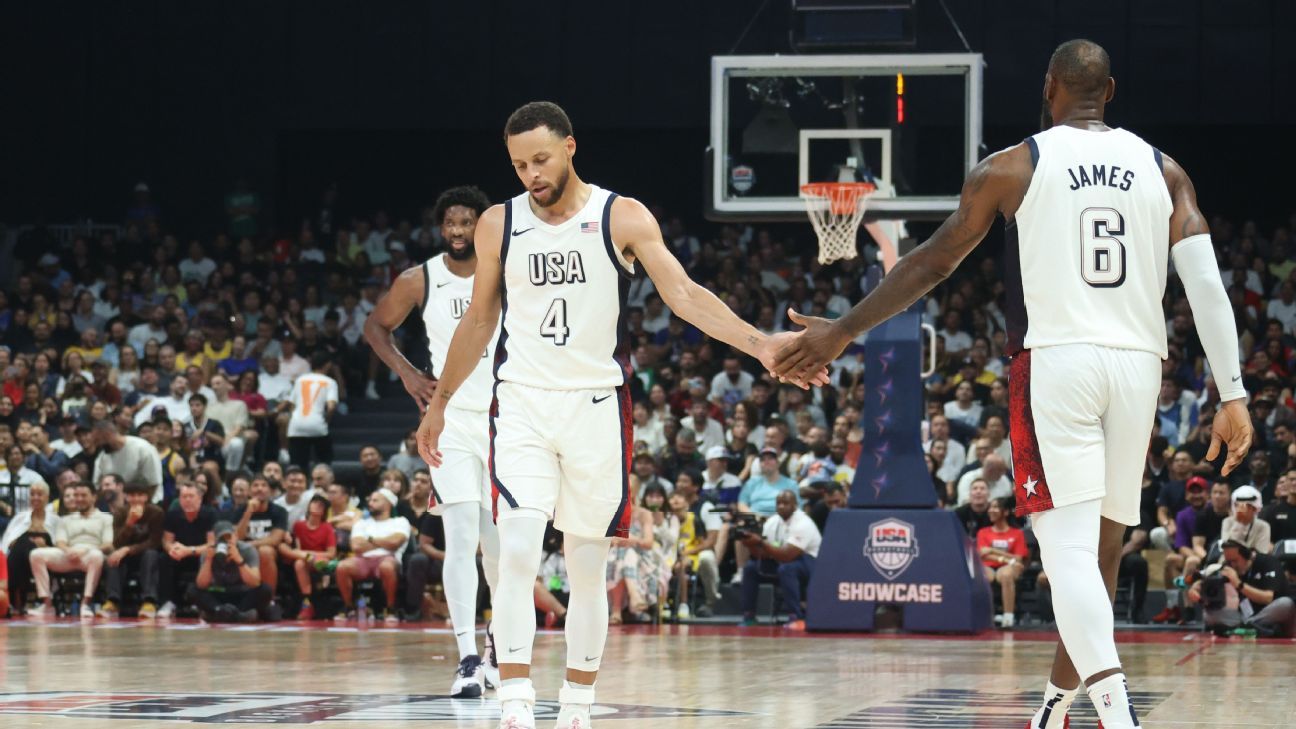Historical Relations: Usa Versus Serbia

The United States and Serbia have a complex and multifaceted historical relationship, marked by periods of cooperation and conflict. Their interactions have been shaped by geopolitical shifts, ideological differences, and shared historical experiences.
The Yugoslav Wars and Their Impact
The Yugoslav Wars, which engulfed the former Yugoslavia in the 1990s, had a profound impact on US-Serbia relations. The US actively supported the independence of Croatia, Bosnia, and Kosovo, while Serbia, under the leadership of Slobodan Milošević, was condemned for its role in the conflicts. The US imposed sanctions on Serbia and intervened militarily in Kosovo in 1999. This period of conflict significantly strained relations between the two countries.
Key Moments of Cooperation and Conflict, Usa versus serbia
- The 19th Century: Serbia and the US established diplomatic relations in the 19th century, with Serbia seeking recognition and support from the US in its struggle for independence from the Ottoman Empire. Nikola Tesla, a Serbian-American inventor, made significant contributions to the development of alternating current (AC) electricity, which had a profound impact on the US and the world.
- World War I: Serbia, a member of the Allied Powers, fought alongside the US against the Central Powers in World War I. The US provided humanitarian aid to Serbia during the war, and the two countries developed closer ties.
- World War II: During World War II, Serbia was occupied by the Axis powers, and the US provided assistance to the Yugoslav resistance movement. After the war, the US and Yugoslavia established diplomatic relations, but relations remained strained due to the Cold War and Yugoslavia’s alignment with the Soviet Union.
- The Cold War: During the Cold War, the US and Yugoslavia had a complex relationship. While Yugoslavia was aligned with the Soviet Union, it maintained a degree of independence and pursued a policy of non-alignment. The US supported Yugoslavia’s economic development and provided humanitarian aid.
- The Post-Cold War Era: After the fall of the Soviet Union, the US and Serbia began to develop closer relations. However, the Yugoslav Wars in the 1990s strained relations again. The US played a key role in the international effort to end the wars and establish peace in the region.
- The 21st Century: In the 21st century, the US and Serbia have worked to improve their relations. The two countries have cooperated on issues such as counterterrorism, economic development, and regional stability. However, there are still some areas of disagreement, such as Kosovo’s independence.
Political and Economic Ties

The relationship between the United States and Serbia is characterized by a complex interplay of historical factors, political systems, and economic interests. While the two countries share a common commitment to democracy and free markets, their historical experiences and current political landscapes present both opportunities and challenges for their bilateral relationship.
Political Systems
The United States and Serbia operate under fundamentally different political systems. The United States is a federal republic with a presidential system, where the President is both head of state and head of government. The Serbian government, on the other hand, operates under a semi-presidential system, where the President is head of state and the Prime Minister is head of government. This difference in political structures impacts the decision-making processes and the overall dynamics of the relationship between the two countries.
Diplomatic Relations
Diplomatic relations between the United States and Serbia have evolved significantly since the end of the Yugoslav Wars. The two countries established formal diplomatic relations in 2001, and the United States has been a strong supporter of Serbia’s transition to democracy and its integration into Euro-Atlantic institutions. Key agreements between the two countries include the Strategic Partnership Agreement signed in 2006, which aims to enhance cooperation in various fields, including security, trade, and education.
“The United States remains committed to a strong partnership with Serbia and supports its continued progress towards democratic consolidation, economic prosperity, and regional stability.” – U.S. Department of State
Despite the progress made, challenges remain in the relationship, particularly regarding issues such as Kosovo’s independence, which the United States recognizes but Serbia does not. The United States also expresses concerns over corruption and the rule of law in Serbia.
Economic Relationship
The economic relationship between the United States and Serbia is growing, driven by increased trade and investment. The United States is one of Serbia’s largest trading partners, with bilateral trade exceeding $1 billion annually. The primary exports from Serbia to the United States include automotive parts, machinery, and food products.
“The United States is a key investor in Serbia, with American companies contributing significantly to the country’s economic growth.” – U.S. Embassy Belgrade
The United States has also been a significant contributor to Serbia’s development through various programs and initiatives, including the Millennium Challenge Corporation (MCC) and the U.S. Agency for International Development (USAID). These programs aim to support Serbia’s economic reforms, promote good governance, and foster sustainable development.
Cultural and Social Interactions

The USA and Serbia share a rich history of cultural exchange, shaped by immigration, diaspora, and evolving global connections. While their cultures differ in many ways, they also exhibit notable similarities, particularly in the realm of music, art, and literature.
Cultural Similarities and Differences
The USA and Serbia, despite their geographical distance, share some cultural similarities. Both countries place a high value on family, hospitality, and strong work ethics. Additionally, both nations have vibrant traditions in music, with Serbia known for its folk music and the USA for its diverse genres like blues, jazz, and rock and roll. However, there are also significant cultural differences.
The USA is a multicultural society with a diverse population, reflecting its history of immigration. Serbia, on the other hand, has a more homogeneous population, with a strong sense of national identity. This difference is reflected in their respective cultural expressions, with the USA showcasing a broader range of artistic styles and trends compared to Serbia.
Impact of Immigration and Diaspora
The Serbian diaspora has played a crucial role in shaping cultural relations between the two countries. Serbian immigrants in the USA have contributed significantly to American society in various fields, including arts, science, and business. They have also preserved and promoted Serbian culture through cultural organizations, festivals, and media outlets.
The presence of a large Serbian diaspora in the USA has also fostered a sense of connection between the two nations. Many Americans with Serbian heritage visit Serbia, strengthening family ties and fostering cultural understanding. The diaspora serves as a bridge, connecting the two countries and promoting cultural exchange.
Cultural Exchange Programs and Initiatives
Both the USA and Serbia have implemented various programs and initiatives to promote cultural exchange. These programs aim to facilitate the exchange of ideas, artists, and students, fostering mutual understanding and appreciation.
- The Fulbright Program: This program supports academic and cultural exchange between the USA and Serbia, offering scholarships for students and researchers to study and work in each other’s countries. It has facilitated collaborations in diverse fields, including education, science, and the arts.
- The US-Serbia Cultural Exchange Program: This program, sponsored by the US Department of State, supports collaborations between American and Serbian cultural institutions, including museums, theaters, and music organizations. It has facilitated the exchange of artists, exhibitions, and performances, enriching the cultural landscape of both countries.
- The Serbian Film Festival in New York: This annual festival showcases contemporary Serbian cinema to American audiences, promoting Serbian culture and fostering cross-cultural dialogue.
These programs and initiatives have contributed significantly to strengthening cultural ties between the USA and Serbia, promoting mutual understanding and appreciation. They have also facilitated the exchange of ideas and perspectives, enriching the cultural landscape of both nations.
The USA versus Serbia matchup in Olympic basketball is always a thrilling contest, showcasing the best of international talent. If you’re eager to witness this clash of titans, you can find out where to catch the action here.
Whether you’re rooting for the American squad or cheering for Serbia’s rise, this match is sure to deliver a captivating display of athleticism and strategy.
The rivalry between the USA and Serbia has always been a source of intense emotions, whether in politics, economics, or even sports. This rivalry is particularly palpable in basketball, where both countries have consistently produced world-class talent. A prime example of this rivalry is the US Serbia basketball game , which always draws a massive audience and generates heated debates.
It’s a clash of styles, philosophies, and national pride, making it a truly captivating spectacle for basketball enthusiasts worldwide.
